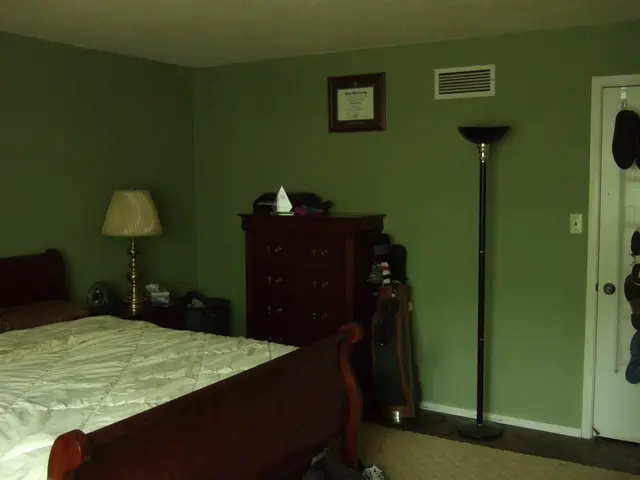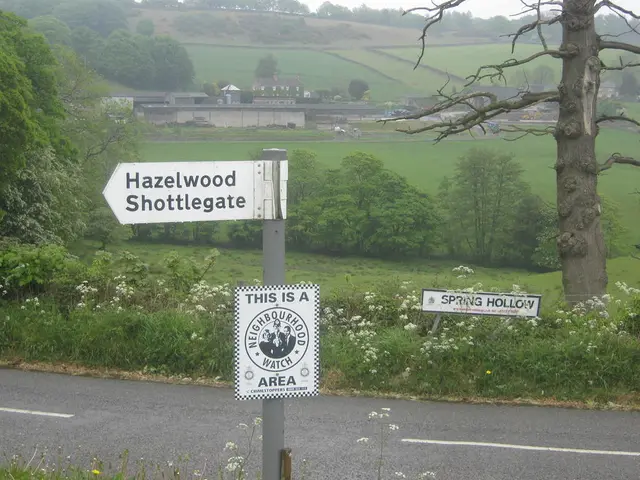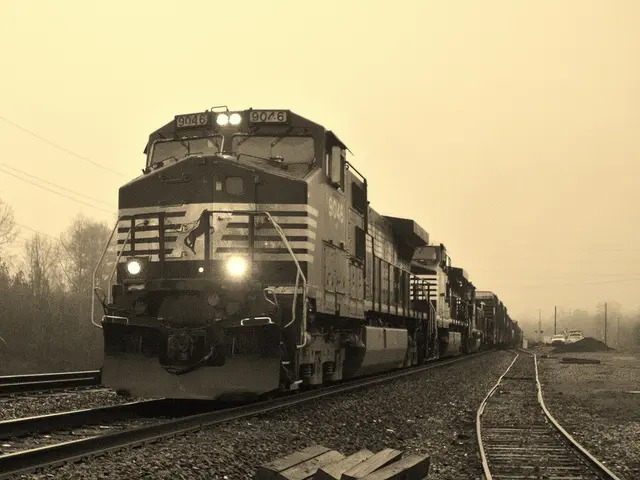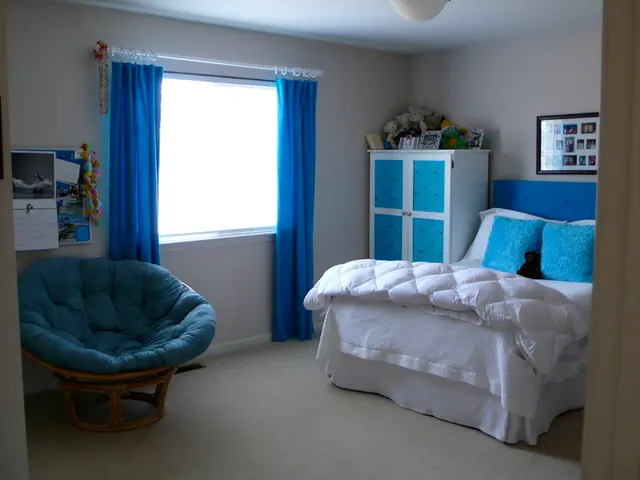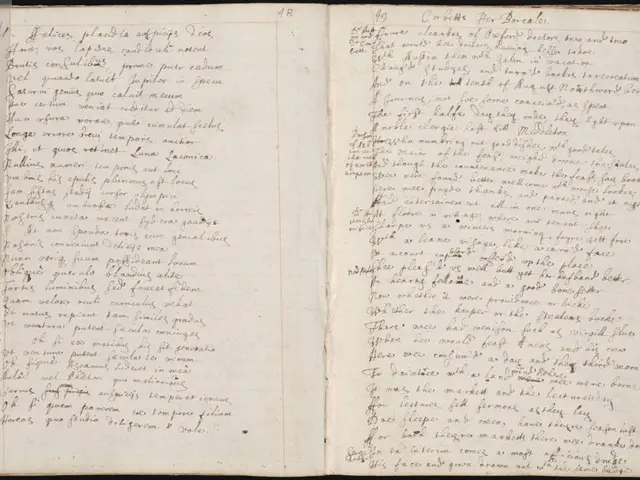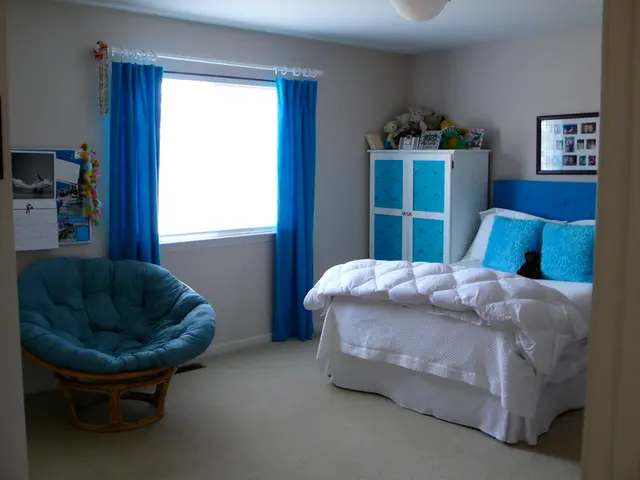Save Big on Home Renovations: Understanding the Cost Savings from Different Home Construction Eras
Contemplate the Year When Purchasing a Residence: House-buying Tactics to Mind the Calendar Year for Potential Pros and Cons.
Buying a used property? Pay attention to the year of construction. Building age can significantly impact your renovation expenses.
Gründerzeit Homes (Late 19th Century):
Charm and character come with a price tag. Originating from the late 19th century, these historicist homes typically sport rich, ornate details. However, construction physics knowledge from that era is often lacking, leading to issues with thermal insulation, sound insulation, cellar sealing, and basic building technology like heating and plumbing. Many owners have updated their homes over the years, addressing some of these concerns, but it's essential to conduct a thorough inspection to understand any potential issues.
Post-World War II Homes (Late 1940s to Early 1950s):
Built in a rush and with limited resources, these homes often focus on functionality over aesthetic or structural quality. Expect outdated systems, material shortcuts, and the possibility of hazardous materials like asbestos. Renovations will likely involve upgrades to heating, plumbing, and structural reinforcements.
1950–1970 Homes:
These buildings went through more standardized construction techniques, but materials varied greatly. Issues like insufficient insulation, outdated wiring, and flat roof leaks are common. Expect to spend on energy retrofitting and modernizing these homes.
1980s Homes:
Construction quality improved during this period, with greater emphasis on energy efficiency. However, some materials from this era have exhibited long-term failures. Aesthetically, these homes might appear less charming compared to older properties. Renovations typically focus on improving energy performance and aesthetics. Energy costs are usually lower compared to older buildings.
Homes Built After 2000:
Modern construction abides by stricter building codes and energy standards, but building defects due to poor workmanship or design errors can still occur. Issues are usually less extensive than older properties, with costs mainly going towards aesthetic updates, tech upgrades, or repairing defects. Overall, these homes offer a more straightforward and cost-effective renovation experience.
Documents to Ask for:
Energy certificates are crucial, as they provide information about the building's energy condition and offer recommendations for energy improvements. Additionally, it's advisable to request the complete building file, including building permits, to better understand the property's history and any potential issues.
Expensive Defects and Renovation Costs:
Aging infrastructure, asbestos contamination, and outdated systems can rack up a hefty renovation bill. Pursuing extensive renovations may not be worthwhile for older properties with substantial deterioration or hazardous materials.
In conclusion, older homes provide character and charm, but it's crucial to consider potential renovation costs and identified issues. Seeking professional advice can help you make informed decisions and avoid costly surprises during your home buying journey.
Enrichment Data:
Historicist homes often boast rich detailing in both facades and interiors, with materials like stone, wood, steel, straw, clay, sand, and plaster. Renovations frequently require careful restoration while managing asbestos safely and upgrading energy performance without sacrificing historic character. Post-war buildings focus on functionality and speed rather than longevity or aesthetics, with materials varying greatly and the potential for outdated engineering. Renovations often address energy efficiency and basic infrastructure upgrades, including asbestos removal. Modern homes built after 2000 are relatively problem-free, but building defects, poor workmanship, or design errors can still occur.
[1] Public Broadcasting Service (PBS). (2021). Restoring Old Homes. https://www.pbs.org/[2] National Trust for Historic Preservation. (2021). Preservation for the 21st Century. https://www.preservationnation.org/[4] Heritage Canada. (2021). Guidelines for Sustainable Historic Buildings. https://www.heritagecanada.org/[5] Asbestos Awareness Centre. (2021). Asbestos Containing Materials. https://www.asbestosawareness.org/
- To avoid costly renovation surprises, it's essential to understand the strengths and weaknesses of Community policy, namely the building eras, when considering the purchase of a property.
- For Gründerzeit Homes, despite their charming character, some weaknesses include lack of knowledge in construction physics, issues with insulation, sound insulation, cellar sealing, and basic building technology like heating and plumbing.
- Post-World War II Homes require significant renovation efforts, due to outdated systems, material shortcuts, and the possibility of hazardous materials like asbestos.
- In contrast, 1950–1970 Homes may face common issues like insufficient insulation, outdated wiring, and flat roof leaks, necessitating energy retrofitting and modernization.
- While 1980s Homes improved construction quality, some materials from this era have exhibited long-term failures, requiring renovations to focus on energy performance and aesthetics.
- Homes built after 2000 offer a more straightforward and cost-effective renovation experience, but building defects due to poor workmanship or design errors can still occur, requiring attention during the home-improvement process.
While renovating older homes, one should consider seeking professional advice, ensuring the use of preservatives, looking into finance and investing options for home-and-garden projects, and keeping an eye on the housing-market and real-estate trends. PBS, National Trust for Historic Preservation, Heritage Canada, and Asbestos Awareness Centre can provide valuable resources for such ventures.

